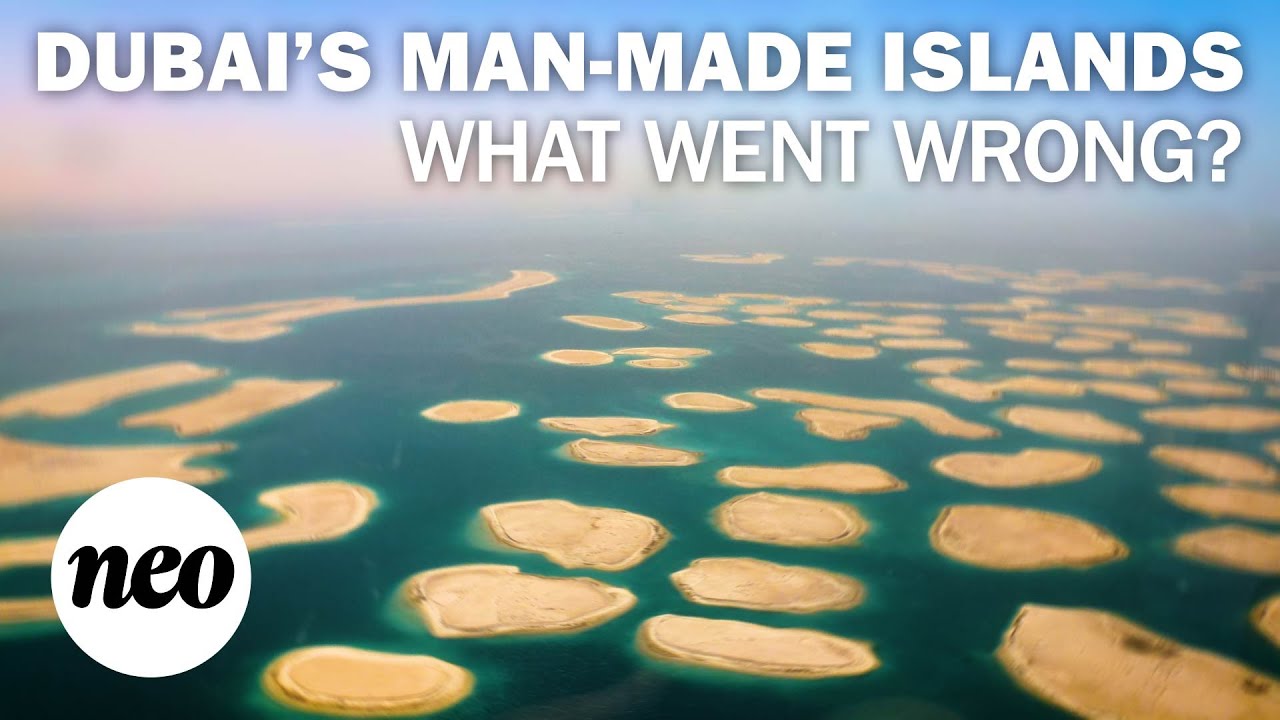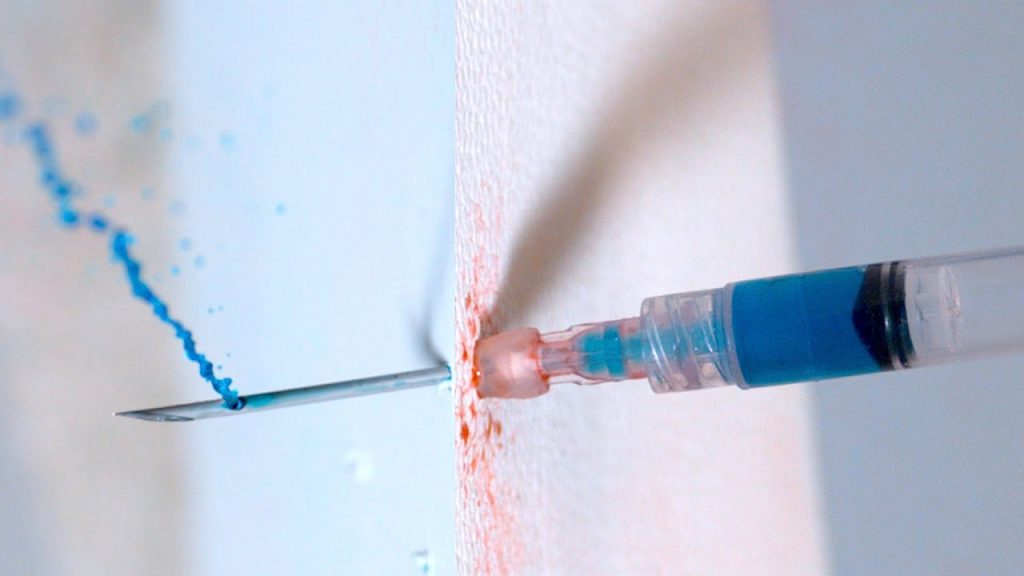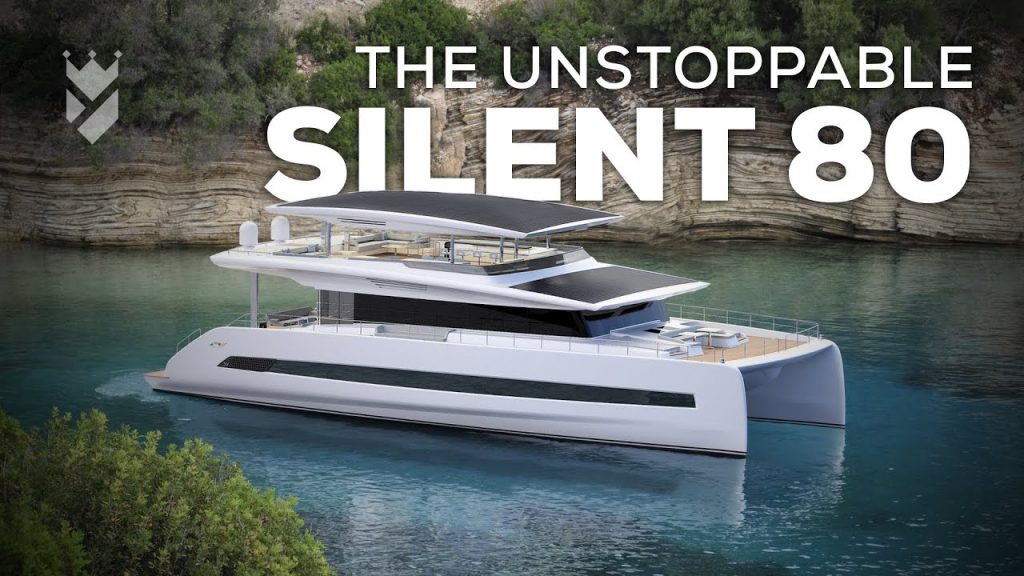Why Dubai’s Man-Made Islands Are Still Empty

In 2003, the construction of the multi-billion dollar investment project “The World” was announced.
The man-made archipelago shaped like a map of the earth was planned to feature luxurious houses and tourist-resorts located all within just a short boat ride from Dubai. But today, more than 10 years after the completion of these islands, there is hardly anything built on them. What happened here?
What motivated Dubai to undertake the project of creating man-made islands?
Dubai’s Man-Made Islands: A Story of Overambition and Undelivered Realities
Dubai, a city known for its opulence and extravagance, has been continuously pushing boundaries when it comes to engineering feats. One of its most ambitious projects is the creation of a collection of artificial islands that aim to expand the city’s coastline and provide luxurious living spaces for its people. However, what was once a symbol of Dubai’s progress and innovation has now turned into a deserted wasteland, with no signs of life on these man-made islands. This article delves into the reasons behind the failure of Dubai’s artificial islands and what could be done to salvage them.
It all started with the Palm Jumeirah, the world-famous palm-shaped island that was the first step in Dubai’s endeavor to create an archipelago of islands. It was an engineering marvel, built on reclaimed land, and a symbol of Dubai’s wealth and ambition. The island was supposed to house high-end resorts, residential units, and an elaborate network of canals, making it a luxurious and desirable place to live. However, things did not go as planned, and the reality of the island was far from what was promised.
The biggest problem with the Palm was the lack of infrastructure to support the massive development. Water and electricity were scarce, and traffic congestion was a constant issue. This lack of basic services made living on the island difficult and unattractive, leading to a high vacancy rate. In addition, the global recession in 2008 had a severe impact on Dubai’s economy, leading to many people leaving the city and investments drying up. The once-thriving Palm Jumeirah was now mostly empty, with unfinished buildings and empty lots.
Dubai’s other artificial islands, The World and The Universe, faced similar issues. The World, which was supposed to be a map of the world, had limited access and no infrastructure, making it unusable. The Universe, an island in the shape of a solar system, remained incomplete and unused, as the developers were unable to secure enough investments to complete the project.
One of the main reasons behind the failure of Dubai’s islands was the overambition of its developers. They were focused on creating massive engineering marvels without considering the practicality and sustainability of such projects. The lack of planning and foresight led to a rush to complete the projects, resulting in poor infrastructure and construction quality.
To save the man-made islands, the government of Dubai needs to take a different approach. They need to focus on creating sustainable and practical living spaces that are affordable and attractive to the average person, rather than just building extravagant structures for the elite. They need to work on improving the infrastructure on the islands, providing essential services, and addressing the issues of traffic and transportation.
In conclusion, Dubai’s man-made islands were a symbol of overambition and undelivered promises. They were built with grand visions but lacked the foundations of practicality and sustainability. The islands’ current state is a testament to the need for proper planning, infrastructure, and foresight in large-scale engineering projects. The road to recovery and restoration is a challenging one, but with the right approach, the islands can once again become a symbol of Dubai’s progress and innovation.









STRAPPED INTO A SINKING HELICOPTER (with U.S. Marines)
How to Make a Concrete Curb for a Fence
A Japanese Master Craftsman Taught Me To Make Senko Hanabi Fireworks
Snowmobile Camper with Off Grid Heater- Surviving the Night in -18C / 0F Temperature!
GIANT MANTIS SHRIMP – CATCH, CLEAN, COOK